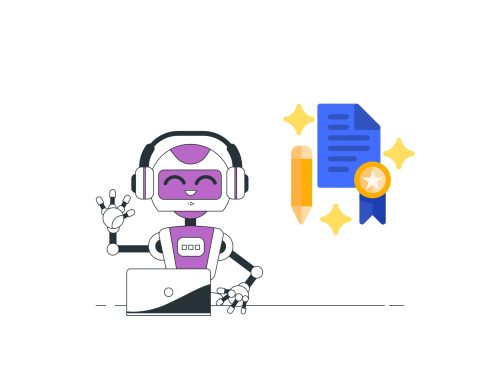Recently I had the privilege of attending the Internet Librarian International (ILI) Conference in London, England, which provided a great opportunity to hear the perspectives of librarians in the UK and the rest of Europe. The opening keynote session on the second day of the conference was given by Hazel Hall, the Director of the Centre for Social Informatics at Edinburgh Napier University. She spoke about social media usage by libraries and librarians and in the process raised some very interesting points.
Whether we like it or not – and educators (including librarians) are divided on the subject, as summarized nicely in Joan Flaherty’s article in the recent issue of Academic Matters – Twitter and other social media tools are a part of everyday life, especially for the current generation of students. In response to this, many libraries have established social media presences through Facebook pages, blogs and Twitter feeds. And why not? After all, as Hazel points out, these tools simply extend the ability of librarians to do what they have always done; namely, make information available to the public. And although there is still a learning curve involved, not to mention an investment in the staff time and effort required to maintain a social media presence, most tools are easy to use and available for minimal or no cost.
Hazel mentions that what librarians tend to lose sight of is, to quote Clay Shirky, “Social media are not an alternative to real life; they are part of it”. What this means in the library context is that Twitter and Facebook cannot be used effectively in a vacuum; they must be integrated into the ‘real-world’ activities and relationships of the library. Librarians are good at pushing out information; what we need to improve on is in using the power of social media to genuinely connect with our users and stakeholders. Limiting communication to one-way only, without providing opportunities for feedback, will not accomplish these goals.
The key lies in finding the balance between old and new methods of communication and using them to enhance one another. There are already some great examples of this: “hashtagging”* conferences or other library-related events in Twitter so as to enhance participation of attendees, or to include virtual attendees who can’t be physically present; working collaboratively on projects via wikis and other shared spaces; broadcasting library events or news via interactive media like Facebook or Youtube where patrons have the opportunity to leave comments; and the list goes on… in fact Dean Giustini at The Search Principle blog has a list of 100 ways in which libraries use social media.
Hazel concluded her talk with the reminder that we are all part of the social and virtual reality that we create. As humans, we enjoy making and sharing things, and this creative drive is really behind many of the social media tools. The more we can engage library users in this process, the more successful we will be in maintaining relationships with them and collaborating to create useful, dynamic content. It might even make the library more fun in the users’ eyes, and that can only be a good thing. And in case anyone is wondering, yes Scholars Portal is on Twitter: @scholarsportal
Amy Greenberg is a User Support Librarian for the Ontario Council of University Libraries’ (OCUL) Scholars Portal. Together with other team members, she is responsible for providing support and training to staff and students in Ontario universities who are using the RACER inter-library loans system, as well as other Scholars Portal services such as Ref-Works and SFX. Amy has a Master of Information Studies degree from the University of Toronto, and a B.Sc. in Biology from York University. Before working for OCUL she was a reference librarian at the University of Toronto OISE Education Library.
*hashtagging = creating a term with a hash tag (#) in Twitter that lets people easily search for the tagged term and share comments specifically about it.










